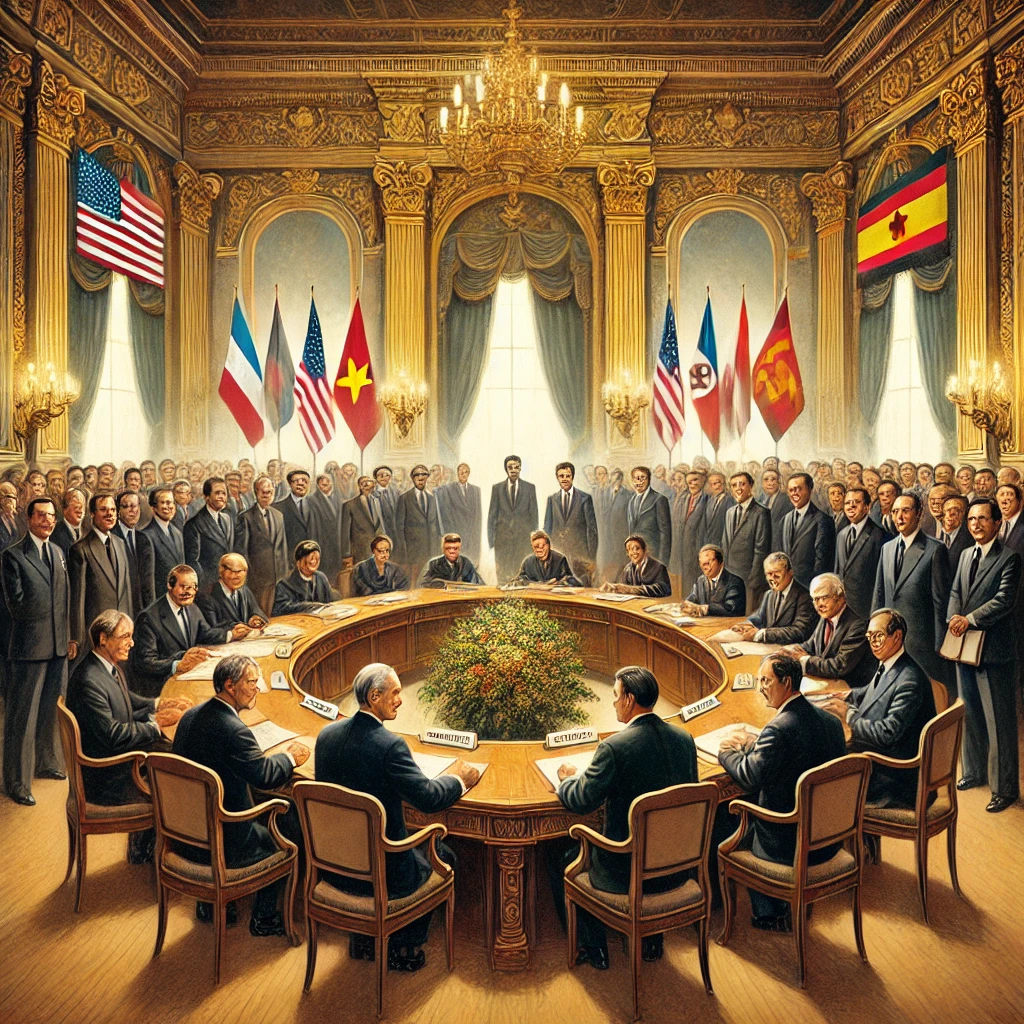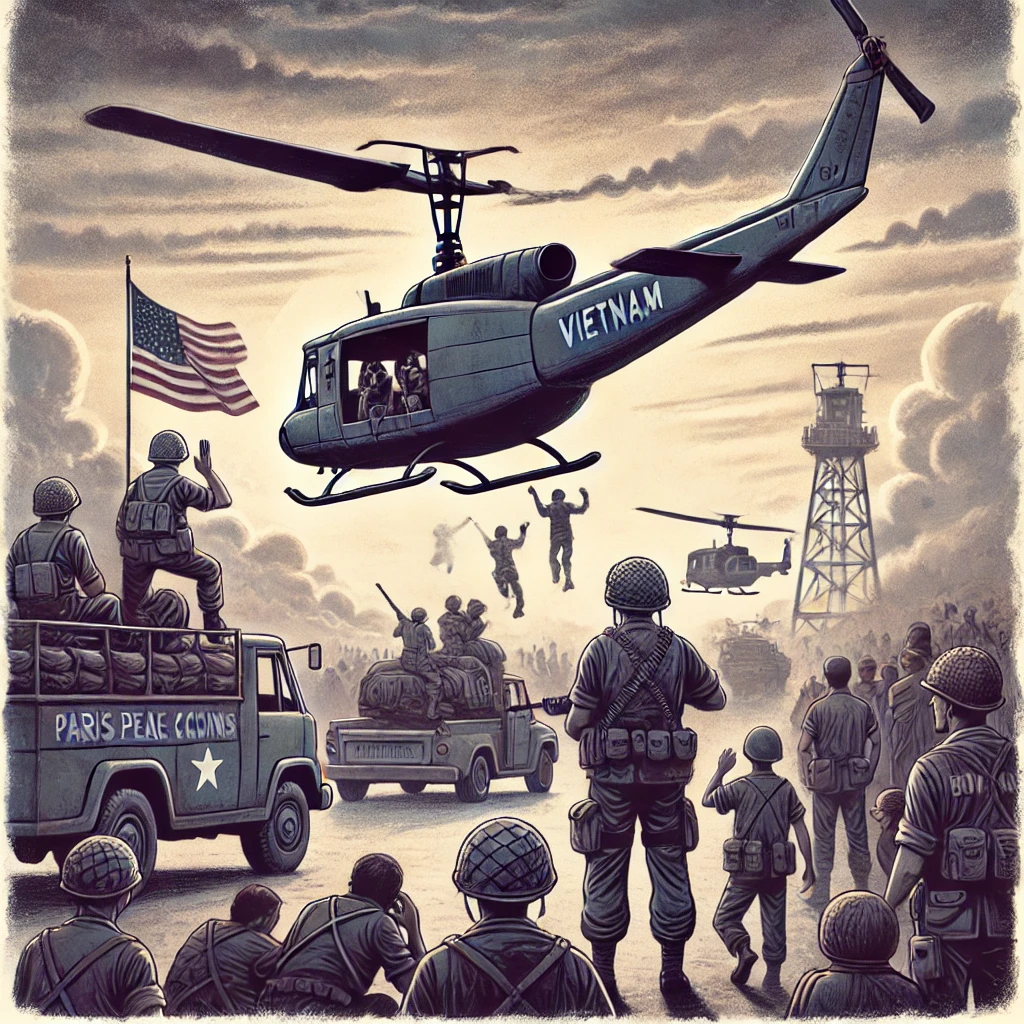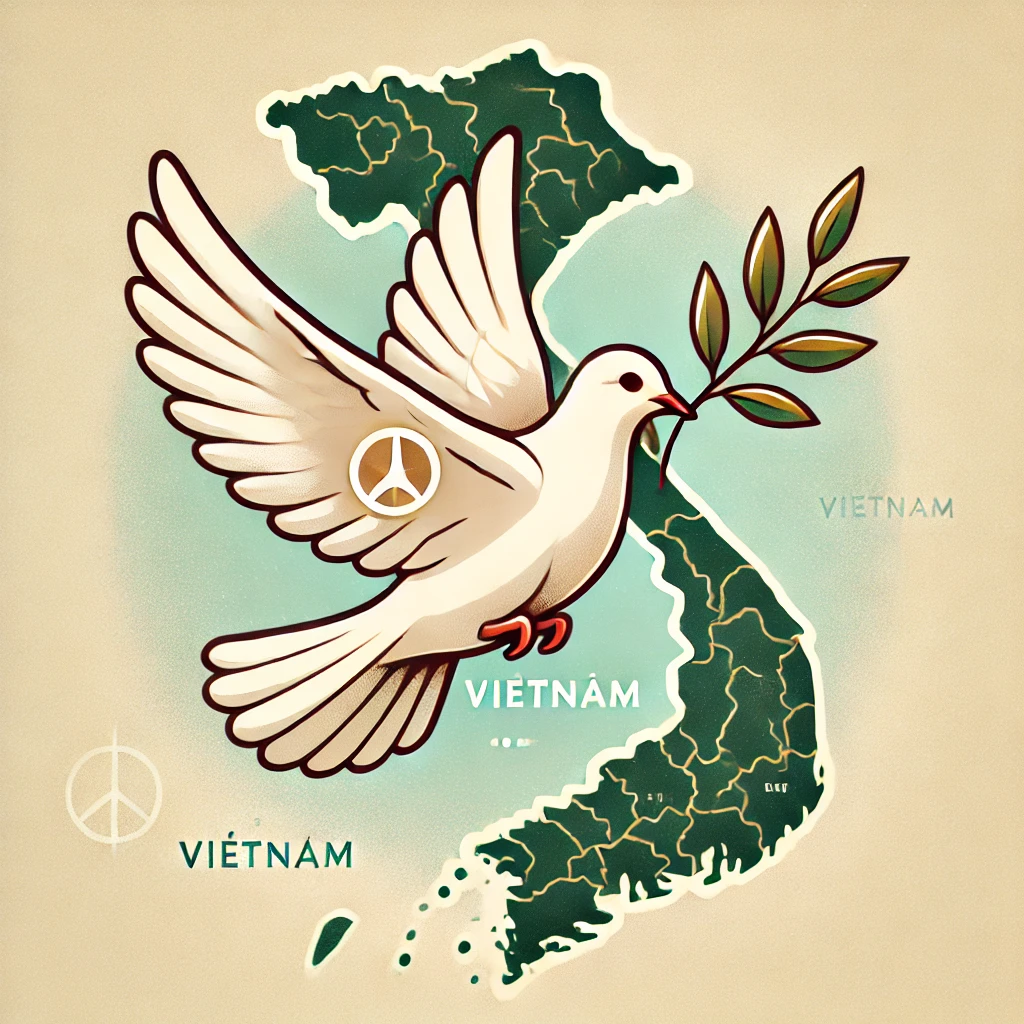On January 27, 1973, a pivotal moment in global history unfolded as the Paris Peace Accords were signed, officially marking the end of the United States’ involvement in the Vietnam War. This landmark agreement aimed to establish peace and restore Vietnam’s sovereignty, following years of brutal conflict that left an indelible mark on both the United States and Southeast Asia.

The Road to Peace
The Vietnam War, which began in the mid-1950s, escalated significantly in the 1960s as the United States increased its military presence to combat the spread of communism in Southeast Asia. The prolonged conflict exacted a heavy toll, with millions of lives lost, widespread destruction, and deep divisions both within Vietnam and across the United States. By the early 1970s, public opposition to the war had reached a fever pitch, and pressure mounted on the U.S. government to find a diplomatic solution.
Negotiations leading to the Paris Peace Accords were fraught with challenges and setbacks. Talks between representatives of the United States, North Vietnam, South Vietnam, and the Viet Cong began in 1968 but were marred by deep mistrust and conflicting agendas. After years of negotiations, the breakthrough came under the Nixon administration, with National Security Advisor Henry Kissinger playing a central role in crafting the terms of the agreement.
Key Provisions and Immediate Impacts

The Paris Peace Accords comprised several key provisions aimed at ending hostilities and paving the way for peace. Among the terms were a ceasefire throughout Vietnam, the withdrawal of U.S. troops, the return of American prisoners of war, and the recognition of Vietnam’s sovereignty. The agreement also called for free elections to determine the country’s future.
For the United States, the accords symbolized a long-sought exit from a deeply unpopular war. For Vietnam, however, the path to peace remained fraught with uncertainty. While the agreement temporarily halted direct U.S. involvement, it did not resolve the underlying ideological and political tensions between North and South Vietnam.
Lessons from a Divided Era

Although the Paris Peace Accords marked a significant milestone, their promise of peace proved short-lived. Within two years, fighting resumed, culminating in the fall of Saigon in April 1975 and the reunification of Vietnam under communist rule. The war’s aftermath left a devastated nation struggling to rebuild and millions of displaced people seeking refuge abroad.
In the United States, the Vietnam War profoundly influenced public opinion, foreign policy, and military strategy. The conflict exposed deep divisions within American society and led to widespread distrust in government. The War Powers Act of 1973, enacted in the wake of the war, sought to limit the president’s authority to engage in military conflicts without congressional approval, reflecting the lessons learned from the prolonged and controversial engagement in Vietnam.
The signing of the Paris Peace Accords remains a poignant reminder of the complexities of war and diplomacy. While the accords marked the end of U.S. involvement in Vietnam, they also underscored the limitations of negotiated peace in the face of deeply entrenched conflicts. Today, the Vietnam War stands as a critical chapter in history, shaping how nations approach war, peace, and reconciliation.
